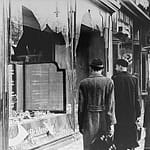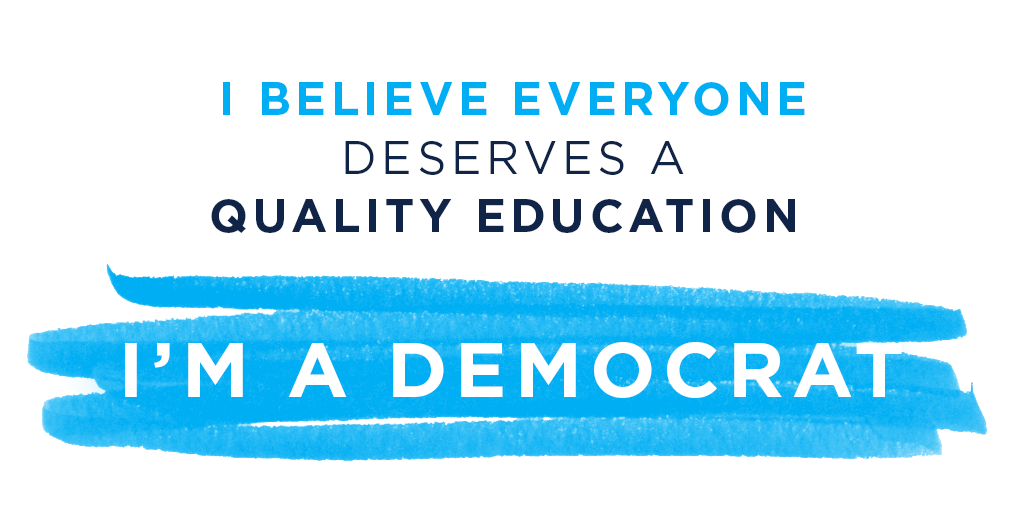On International Holocaust Remembrance Day, it’s important to remember why America welcomes refugees.

Shattered storefront of a Jewish-owned shop destroyed during Kristallnacht (the “Night of Broken Glass”). Berlin, Germany, November 10, 1938.
Desperate people, fleeing a terrifying, bloodthirsty regime, try to find refuge in the US. But the American government and the public don’t want to accept them. They worry that accepting refugees would put citizens at risk, and they don’t see the refugee crisis as their problem to fix. So they are turned away.
This is what President Donald Trump is about to sign America up for, if widespread reports are correct that he’s on the verge of signing an executive order that would ban all refugees from settling in the US for 4 months and ban Syrian refugees indefinitely.
We’ve been here before.
The US (and other countries in the Western Hemisphere) could have saved thousands of Jews from the Nazis. They didn’t. At one point, the US literally turned away a ship of 900 German Jews. Shortly afterward, it rejected a proposal to allow 20,000 Jewish children to come to the US for safety.
[intense_blockquote]
Kristallnacht, literally, “Night of Crystal,” is often referred to as the “Night of Broken Glass.” The name refers to the wave of violent anti-Jewish pogroms which took place on November 9 and 10, 1938. This wave of violence took place throughout Germany, annexed Austria, and in areas of the Sudetenland in Czechoslovakia recently occupied by German troops.
[/intense_blockquote]
At the time, the US didn’t know how terrible the Holocaust would become. But Americans did know that Nazis were encouraging vandalism and violence against Jews — many Americans had been alarmed by Kristallnacht in 1938, and President Franklin D. Roosevelt had issued a statement condemning it. But America didn’t feel strongly enough about the mistreatment of Jews to allow them to find a safe harbor in the US.
Modern refugee policy, in other words, is largely a response to the failures of the Holocaust era. And if Donald Trump signs the refugee executive order Friday, he’ll be doing it on International Holocaust Remembrance Day itself.
How America’s rejection of Jews fleeing Nazi Germany haunts our refugee policy today
Desperate people, fleeing a terrifying, bloodthirsty regime, try to find refuge in the US. But the American government and the public don’t want to accept them. They worry that accepting refugees would put citizens at risk, and they don’t see the refugee crisis as their problem to fix.

